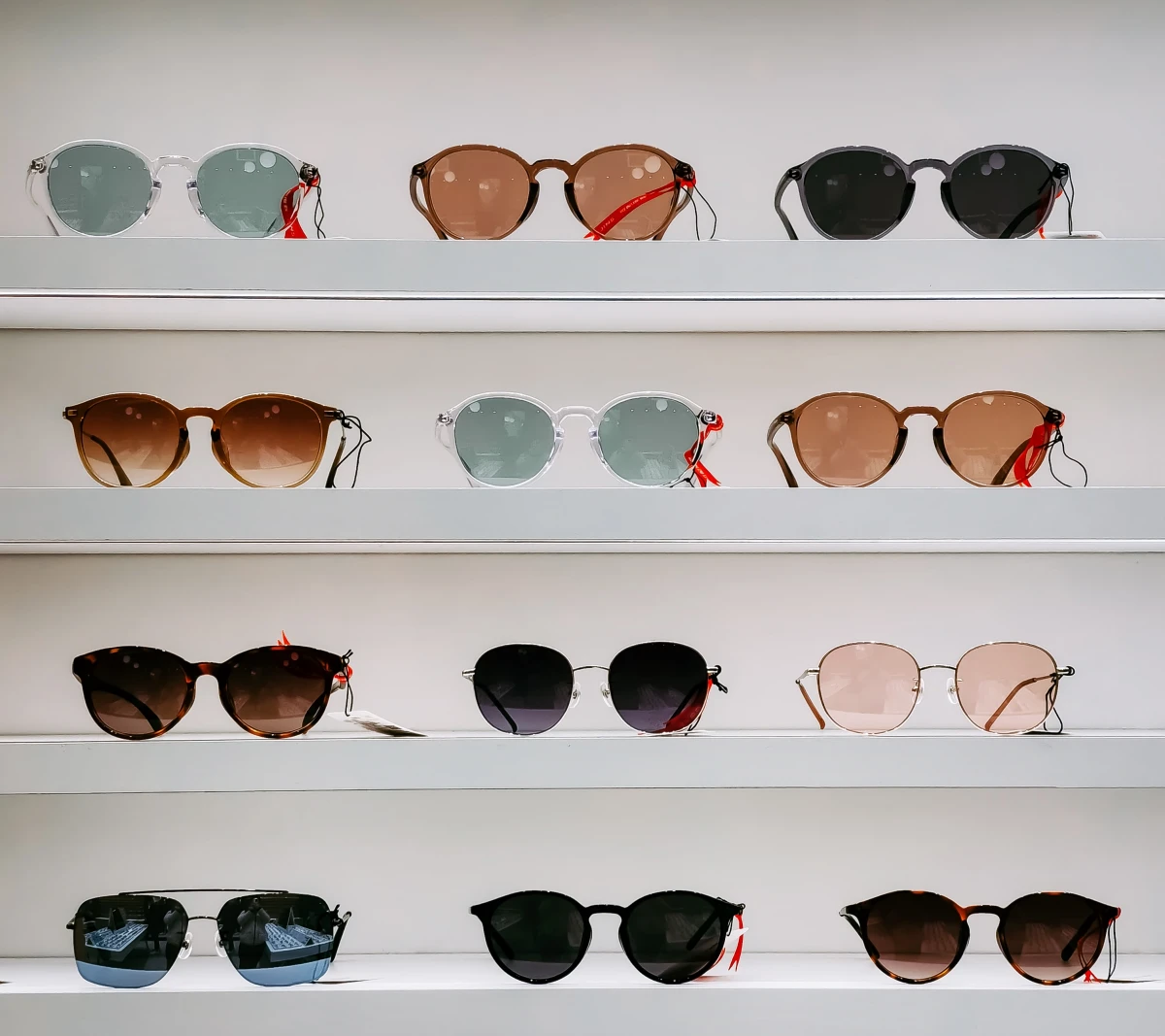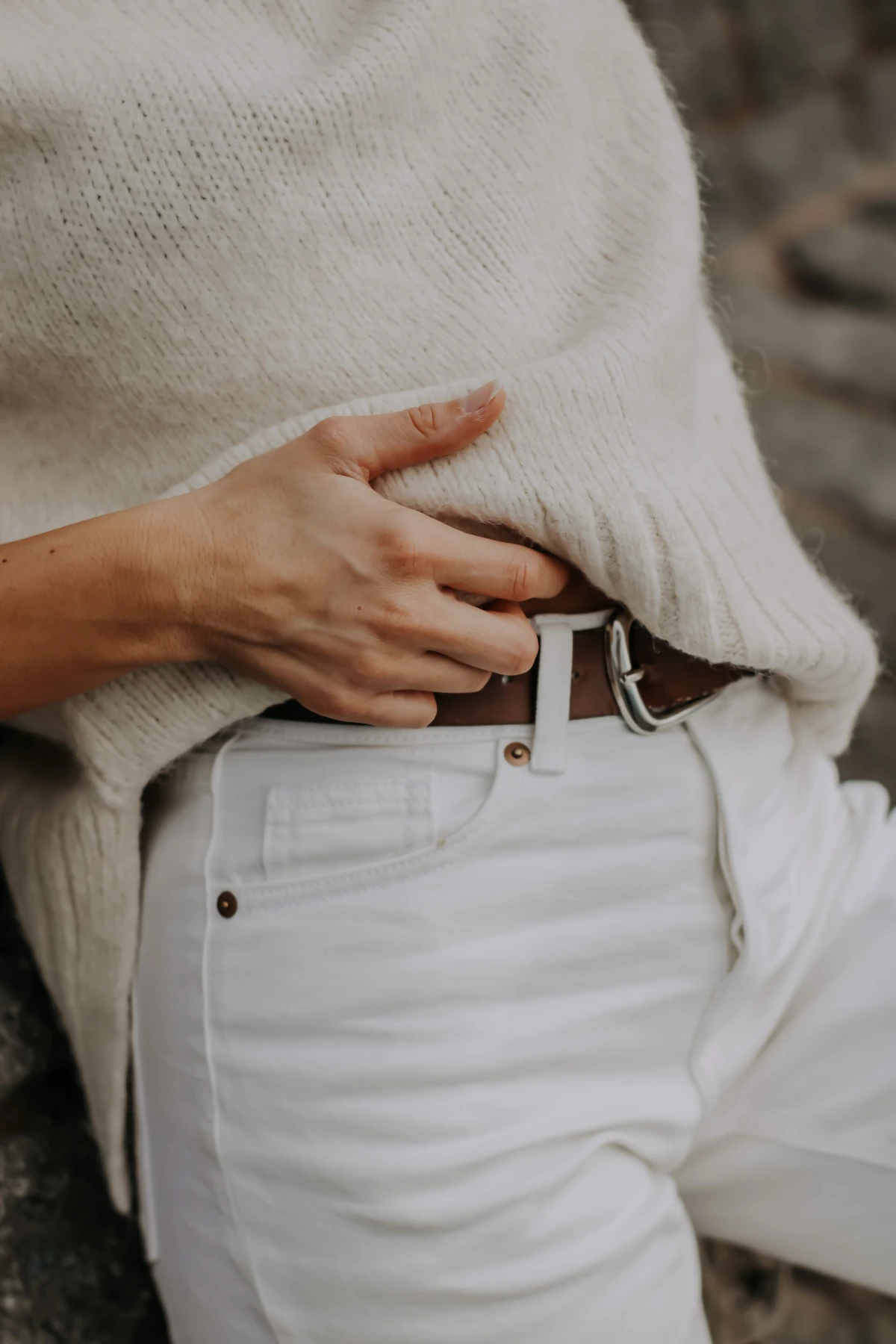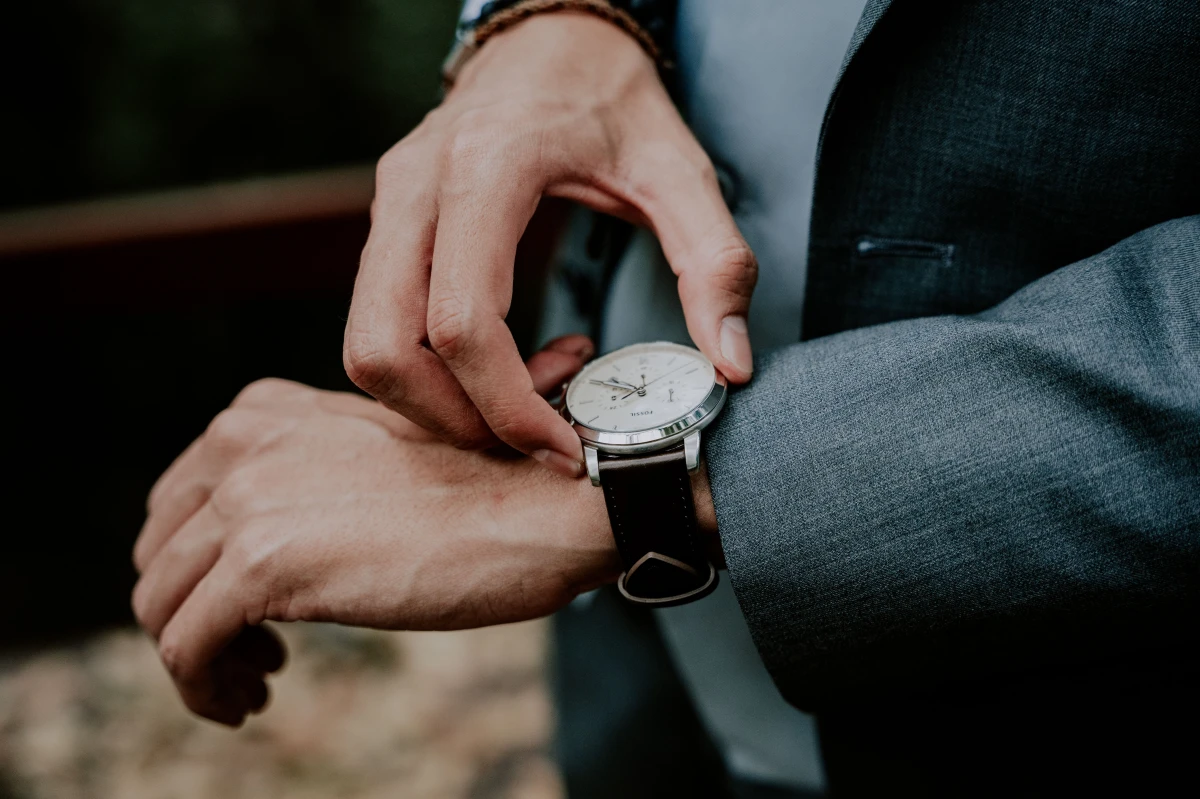Forget Fast Fashion: The Real-Deal Guide to Buying a Watch, Belt, and Sunglasses That Last
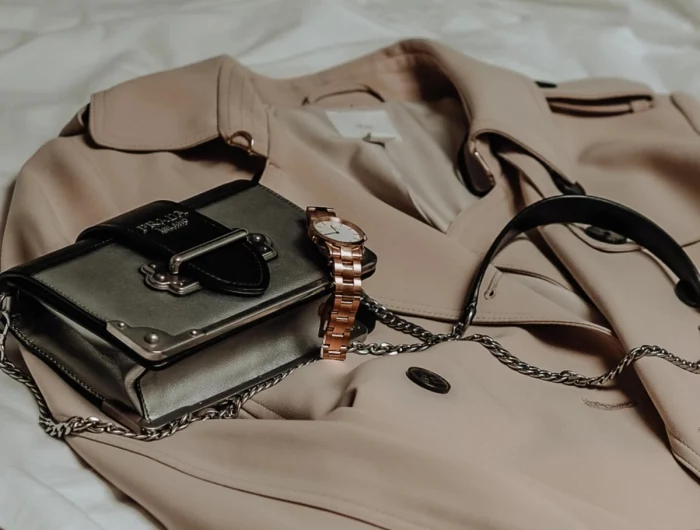
"Wie festlich Sie sein wollen, bleibt Ihnen überlassen, aber das Wichtigste ist, dass Sie Ihr Zuhause" Was tun bei müden Augen? In diesem Artikel erklären wir, wie Sie Schwellungen reduzieren und sogar Ihre Haut aufhellen!
I’ve been in the style game for a long time, and I’ve seen trends come and go so fast it’ll make your head spin. Trying to keep up is not only exhausting, it’s a total drain on your wallet. Honestly, I learned the most important lesson early on: the people with the best, most confident style weren’t chasing fads. They were the ones who had invested in a solid foundation of quality pieces.
In this article
Their secret wasn’t a closet bursting with clothes. It was a small, curated collection of exceptional accessories that made everything else look better.
These aren’t just little add-ons; they’re the workhorses of your wardrobe. They anchor your outfits, show off a bit of your personality, and—when you choose wisely—they can genuinely last a lifetime. This is your guide to the three pillars of that collection: the watch, the belt, and the sunglasses. My goal isn’t to point you to a specific brand, but to teach you how to see quality for yourself. Let’s get into what really matters.
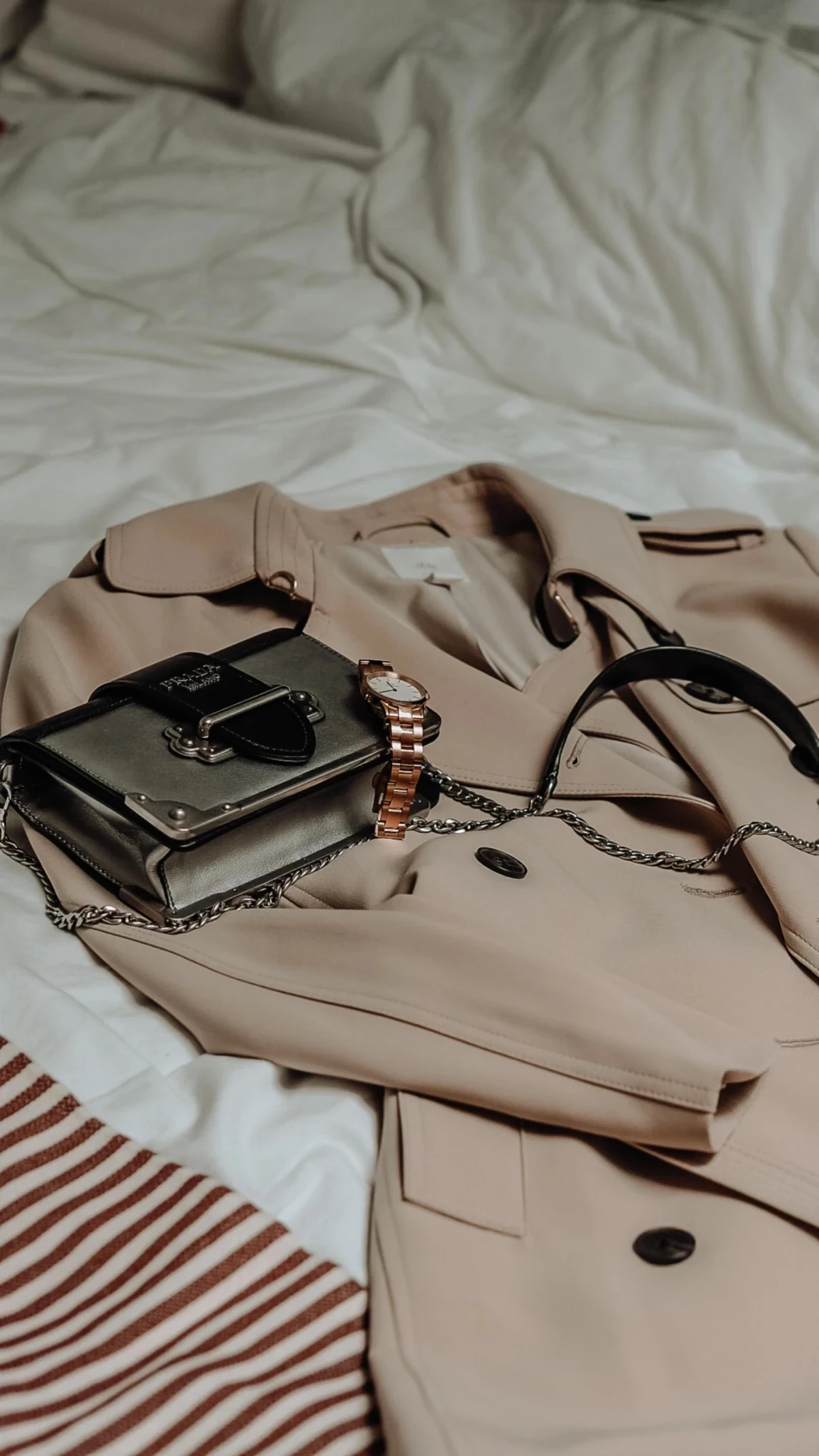
1. The Watch: More Than Just a Time-Teller
My first “real” watch was a gift. It wasn’t crazy expensive, but it was from a dedicated watchmaker, and I could feel the difference instantly. It had a nice heft to it. The bracelet links were solid steel, not flimsy folded metal. It was the first time I really got the difference between an object that tells time and an instrument built with purpose.
A good watch is a little piece of engineering you can wear on your wrist. Choosing one is a great first step in learning to appreciate things that are built to endure.
The Engine Inside: What’s Making It Tick?
When you’re shopping for a watch, the first big choice is the “movement,” which is basically the engine. Knowing the difference is key.
- Quartz: This is the modern, electronic option. A battery zaps a tiny quartz crystal, which vibrates at a super-steady frequency to move the hands. Quartz watches are incredibly accurate, tough, and affordable. Other than a battery change every few years (which a local jeweler can do for about $15-$25), they’re maintenance-free. They are fantastic, reliable tools.
- Automatic (or Self-Winding): This is the old-school, mechanical marvel. There’s no battery; it’s powered by the motion of your body. As you move your wrist, a weighted rotor spins and winds a tiny spring. It’s a complex little machine, and that’s a huge part of its charm. Heads up, though: it’ll be slightly less accurate than a quartz (maybe losing or gaining a few seconds a day) and it needs a professional service every 5-10 years. Think of it like an oil change for your car—it’ll cost you, probably in the $200 to $400 range, but it keeps the instrument running for decades.
A great automatic watch doesn’t have to cost thousands. You can find incredible options from respected Japanese or entry-level Swiss makers for around $150 to $400. At that price, you’re paying for the engineering, not a fashion logo.
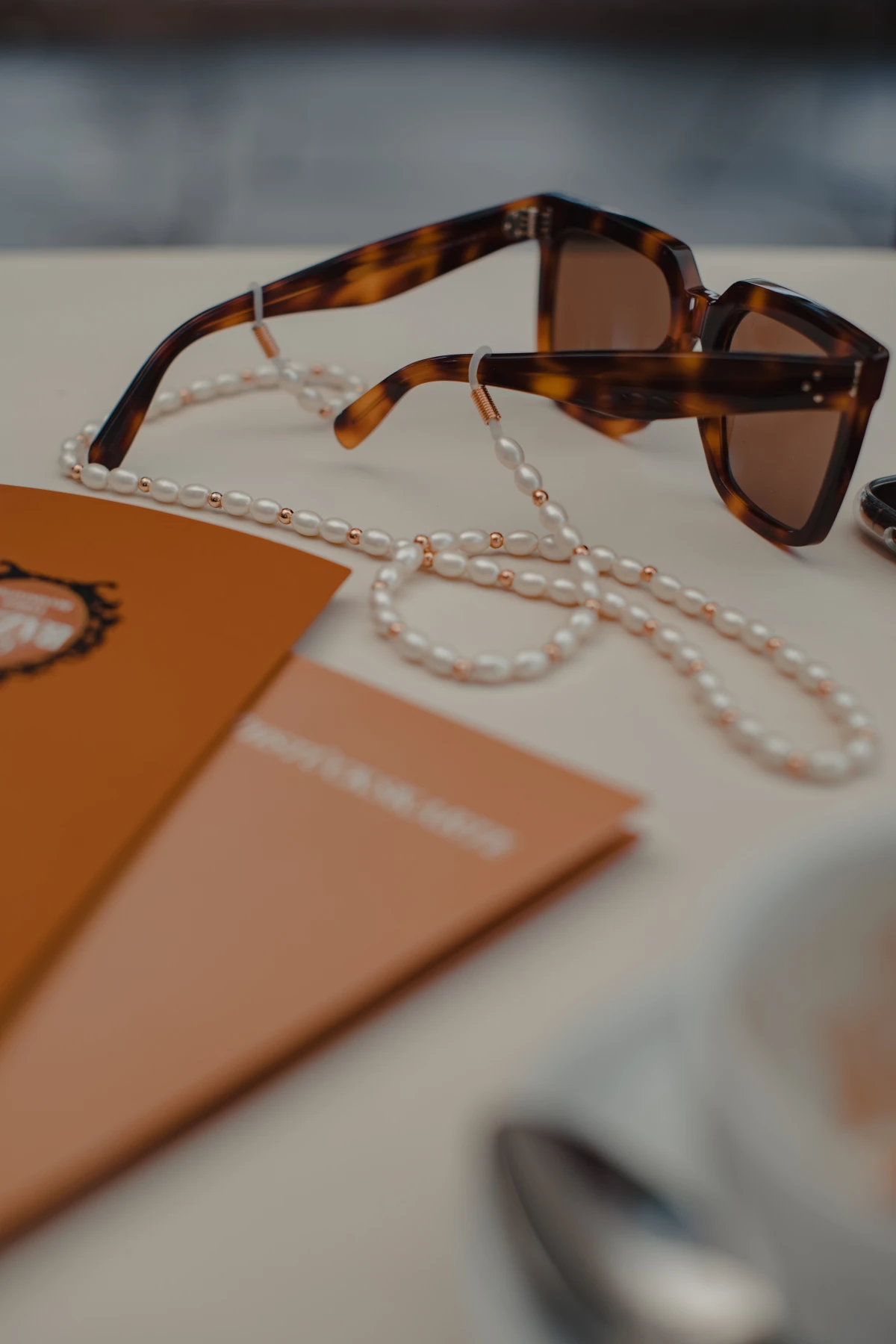
Materials Matter: The Case and the Crystal
The outside is just as important as the inside. Most quality watches use 316L stainless steel for the case. It’s a surgical-grade alloy that resists rust and won’t irritate your skin. Cheaper watches use plated base metals that can chip and look terrible after a year.
For the clear cover (the crystal), you’ve got a few choices:
- Acrylic: A soft plastic that scratches if you just look at it wrong. Super cheap, but not built to last.
- Mineral Glass: This is a good middle-of-the-road option found on many solid watches under $500. It’s heat-treated for scratch resistance and holds up pretty well to daily wear.
- Sapphire Crystal: This is the one you really want. It’s a synthetic sapphire that is almost impossible to scratch. Seriously, you can scrape it with your keys and it’ll be fine. It’s the standard for luxury watches and is increasingly found on those great value-focused automatics I mentioned.
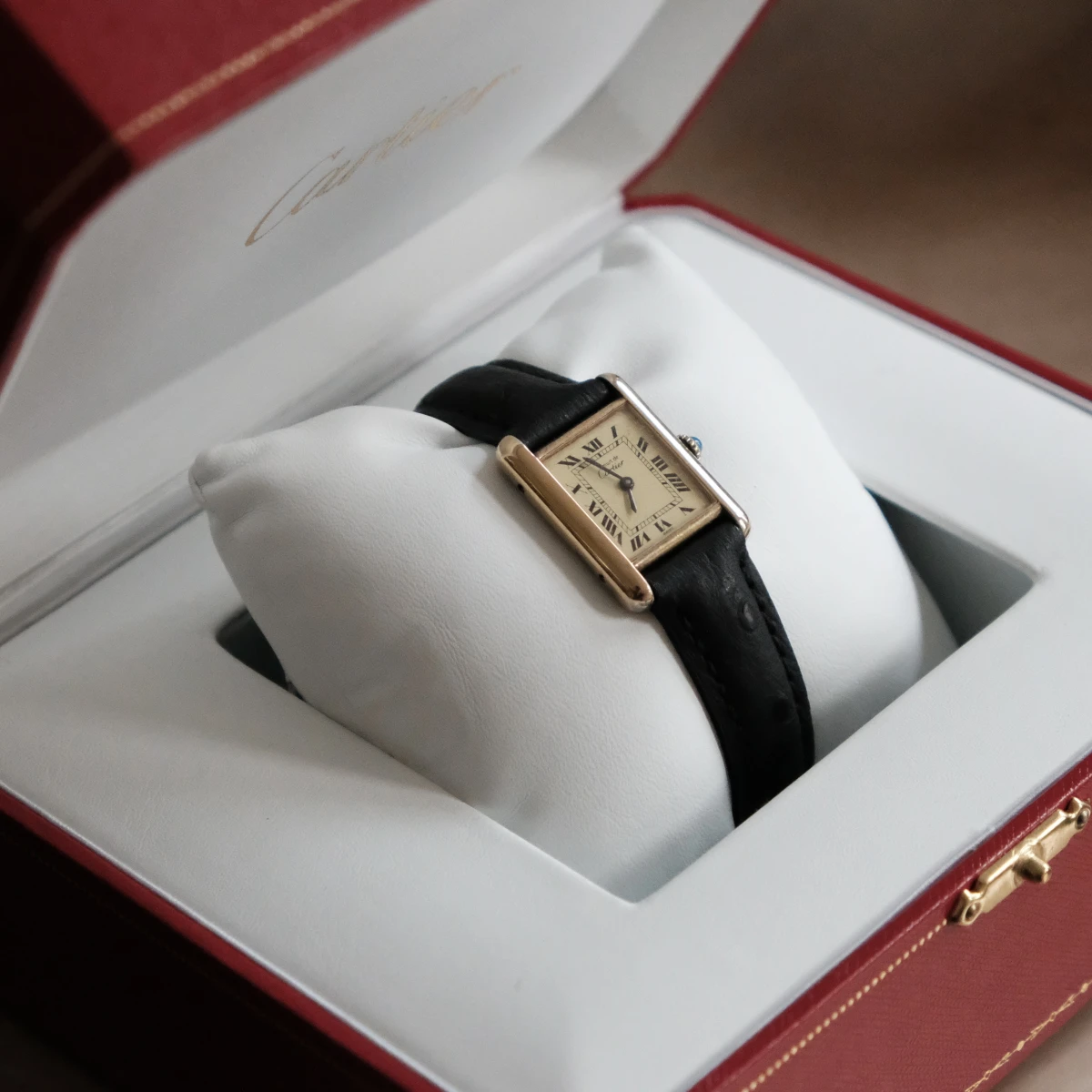
What to Look For in Person
When you’re holding a watch, ignore the brand for a second. Look for these clues:
- Solid Bracelet Links: Check where the bracelet meets the watch case. Does it feel solid and heavy, or light and jangly? Solid metal end links are a sign of quality construction.
- A Signed Crown: The little knob you use to set the time is the crown. If the maker put their logo on it, it shows they’re proud of the small details.
- Water Resistance Reality Check: That number on the dial isn’t a depth guarantee. Here’s what it actually means for your life:
- 30M: Splash-proof. Good for washing hands or getting caught in the rain. Don’t swim with it.
- 50M: You can swim in a pool with it, but that’s about it.
- 100M: Now you’re talking. Good for snorkeling and most water sports.
- 200M+: This is a true dive watch, built for serious underwater activity.
2. The Leather Belt: The Unsung Hero of Your Outfit
I once saw a guy in a sharp suit stand up in a meeting, and his belt buckle just… fell off. Clattered right onto the floor. The cheap metal had snapped, and his whole polished look crumbled in an instant. A good belt does more than hold up your pants; it visually anchors your top half to your bottom half. A well-made leather one will last for ages and get better looking over time as it develops its own unique story.
Decoding Leather Lingo (and Avoiding Scams)
The single most important part of a belt is the leather itself. Marketers use tricky words, so you need to know what’s what.
- Full-Grain Leather: The best you can get. This is the top layer of the hide with all the natural, strong fibers intact. It’s incredibly durable and the only kind that develops that beautiful, rich patina with age. This is the goal.
- Top-Grain Leather: Second best. The very top surface has been sanded down to remove imperfections. It’s still strong, but it won’t age as gracefully as full-grain.
- Genuine Leather: This sounds good, but it’s one of the most deceptive phrases in retail. It just means it’s technically leather, but it’s usually a lower, weaker layer that’s been painted and stamped with a fake grain. One year later: This belt is often cracked, peeling, and looks ten years old.
- Bonded Leather: Just walk away. This is the particle board of the leather world—scraps and dust glued together. It will fall apart, guaranteed.
A real full-grain leather belt from a dedicated maker (check out online artisans on sites like Etsy or specialized leather goods stores) will likely run you between $80 and $150. Yes, it’s more than a department store belt, but it might be the last one you buy for a decade.
Quick Tip: Spot a Quality Belt in 30 Seconds
Next time you’re in a store, try this:
- The Side-Eye Test: Look at the edge of the belt. Do you see layers glued together? That’s a bad sign. If you see one solid piece of leather, that’s what you want.
- The Bend Test: Fold a section over. Full-grain leather will feel supple and strong. A “genuine leather” belt will often feel stiff and plasticky, and the finish might look like it’s about to crack.
- The Buckle-Flick Test: Flick the buckle with your fingernail. A solid brass or stainless steel buckle will have a satisfying, high-pitched ‘ting.’ A cheap plated zinc alloy buckle will make a dull ‘thud.’
By the way, the easiest way to look put-together instantly is to match your leathers. Brown belt, brown shoes. Black belt, black shoes. It’s the oldest rule in the book because it just works.
3. Sunglasses: Your Eyes Deserve Better
Most people think of sunglasses as a fashion statement, but I see them as a non-negotiable health tool first. Your eyes are sensitive, and long-term UV exposure is no joke. A good pair of sunglasses is essential gear for protecting your vision. The fact that they can make you look cool is just a fantastic bonus.
It’s All About the Lenses, Not the Color
A dark tint means nothing without proper UV protection. In fact, a dark lens without a UV coating is worse than no sunglasses at all, because it makes your pupils open wider and let even more damaging rays in.
Go grab your favorite pair of sunglasses right now. Look on the inside of the arm. If you don’t see “UV400” or “100% UV Protection” printed somewhere, those otherwise great-looking frames might not be doing their most important job.
Here’s what else to know:
- Polarization: This is a special filter that cuts down on glare bouncing off flat surfaces like water or pavement. It’s a game-changer for driving and being near water, but a heads-up: it can make it hard to see some LCD screens, like your phone.
- Frame Material: For plastic frames, look for cellulose acetate. It’s a durable, plant-based plastic that allows for much richer colors than cheap, injection-molded frames. For metal, look for sturdy, corrosion-resistant alloys.
- Hinge Check: Gently open and close the arms. They should feel smooth but firm. The best frames have hinges that are riveted through the acetate, not just glued in. It’s a much stronger, more repairable design.
You don’t need to spend a fortune here, but you should budget enough to get certified protection and solid construction. The sweet spot for high-quality acetate frames with 100% UV-blocking lenses is often between $95 and $200. And please, use the hard case they come with! Tossing them on your car’s dashboard is a recipe for scratched lenses.
The Bottom Line: Build a Foundation of Quality
A well-made watch, a full-grain leather belt, and a protective pair of sunglasses are so much more than accessories. They’re the foundation of a smart wardrobe, and they bring a small, daily satisfaction that you just don’t get from disposable stuff.
Learning to spot real quality is a skill that will save you money and frustration in the long run. If you’re just starting out, here’s my advice:
If You Only Do Three Things…
- Read the Label, Not the Logo. Look for the words that matter: “Full-Grain Leather,” “UV400 Protection,” and “Sapphire Crystal.” These terms mean more than any designer name.
- Buy It Once. Instead of buying three cheap belts over three years, save up for that one $80 belt that will last you ten. Aim for the quality sweet spot: $150+ for a watch, $80+ for a belt, $95+ for sunglasses.
- Start Slow. You don’t need everything at once. Buy one great piece this year. Enjoy it. You’re building a collection of trusted companions, not just filling a drawer. This is how you build a style that’s truly your own—one built on substance, not fleeting trends.
